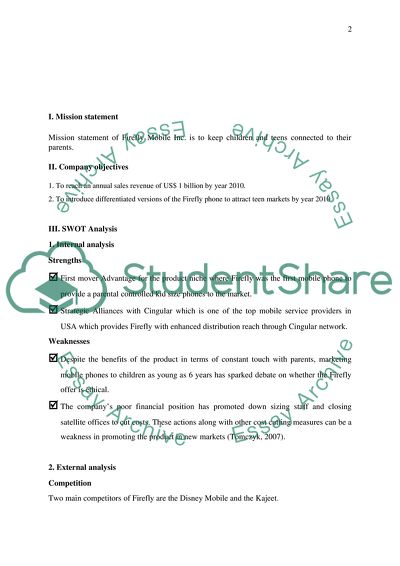Cite this document
(Marketing Plan: New Range of Firefly Phones Case Study, n.d.)
Marketing Plan: New Range of Firefly Phones Case Study. Retrieved from https://studentshare.org/marketing/1716074-marketing-plan
Marketing Plan: New Range of Firefly Phones Case Study. Retrieved from https://studentshare.org/marketing/1716074-marketing-plan
(Marketing Plan: New Range of Firefly Phones Case Study)
Marketing Plan: New Range of Firefly Phones Case Study. https://studentshare.org/marketing/1716074-marketing-plan.
Marketing Plan: New Range of Firefly Phones Case Study. https://studentshare.org/marketing/1716074-marketing-plan.
“Marketing Plan: New Range of Firefly Phones Case Study”. https://studentshare.org/marketing/1716074-marketing-plan.


